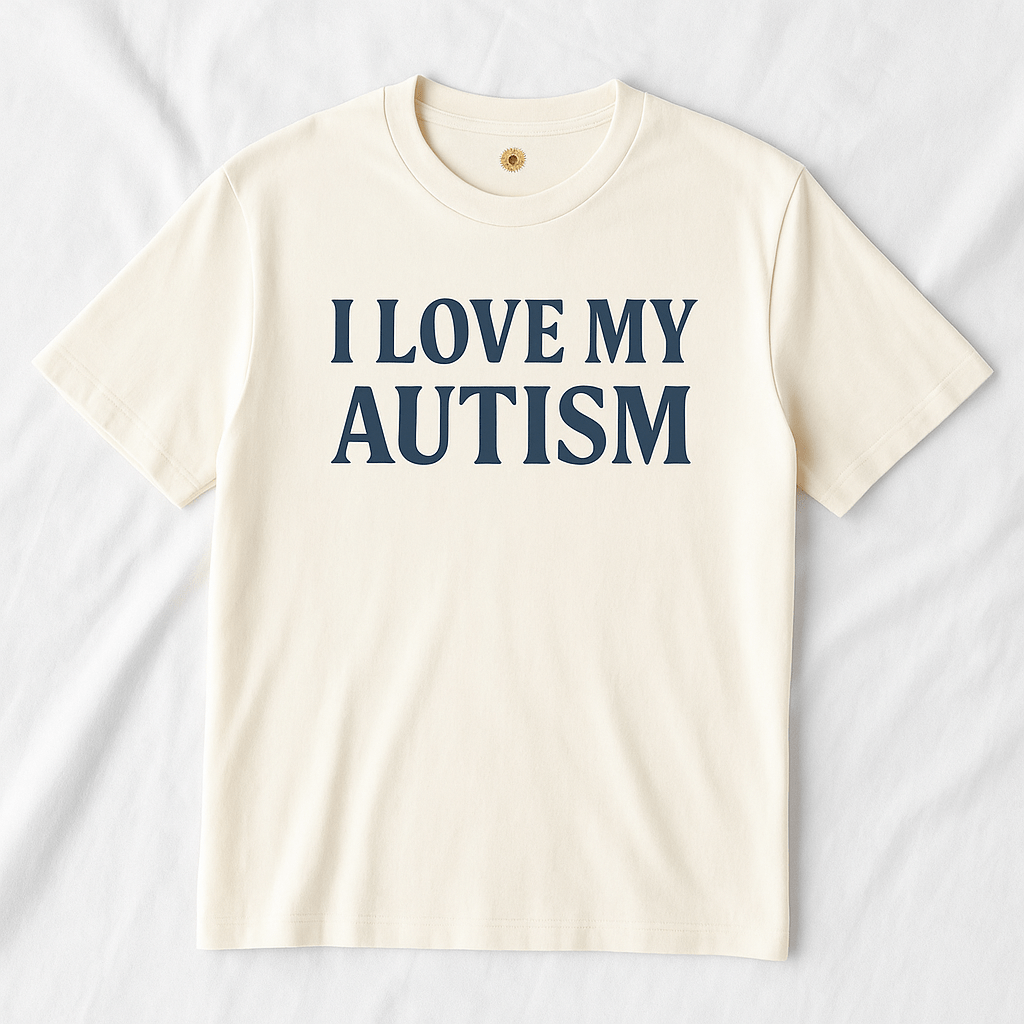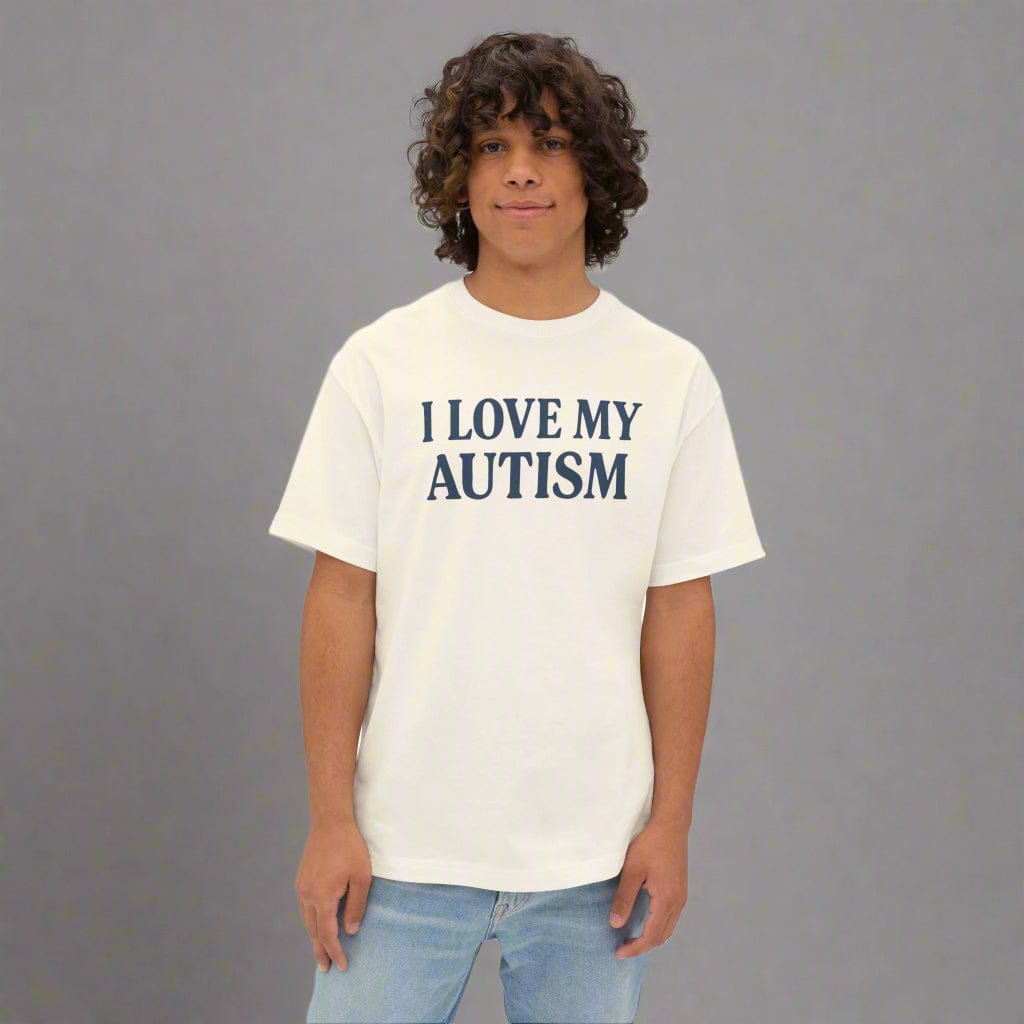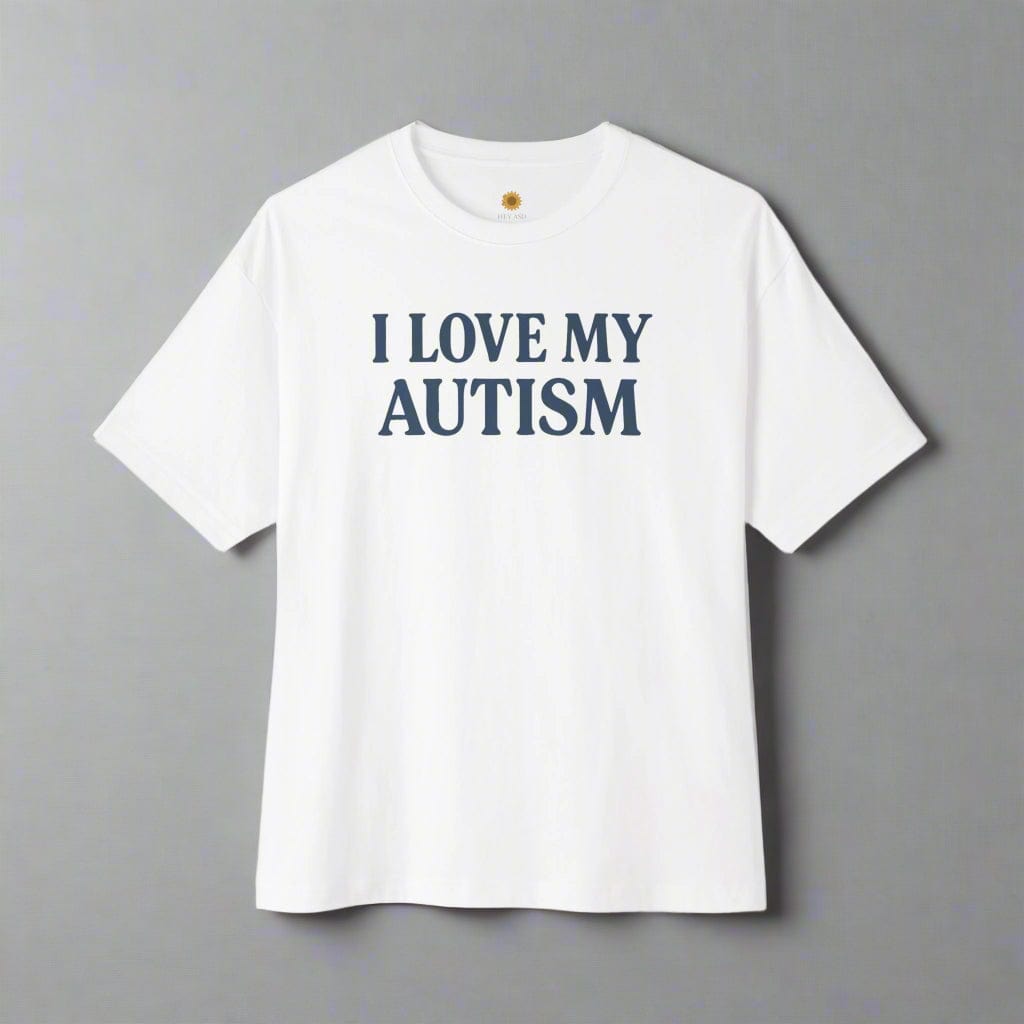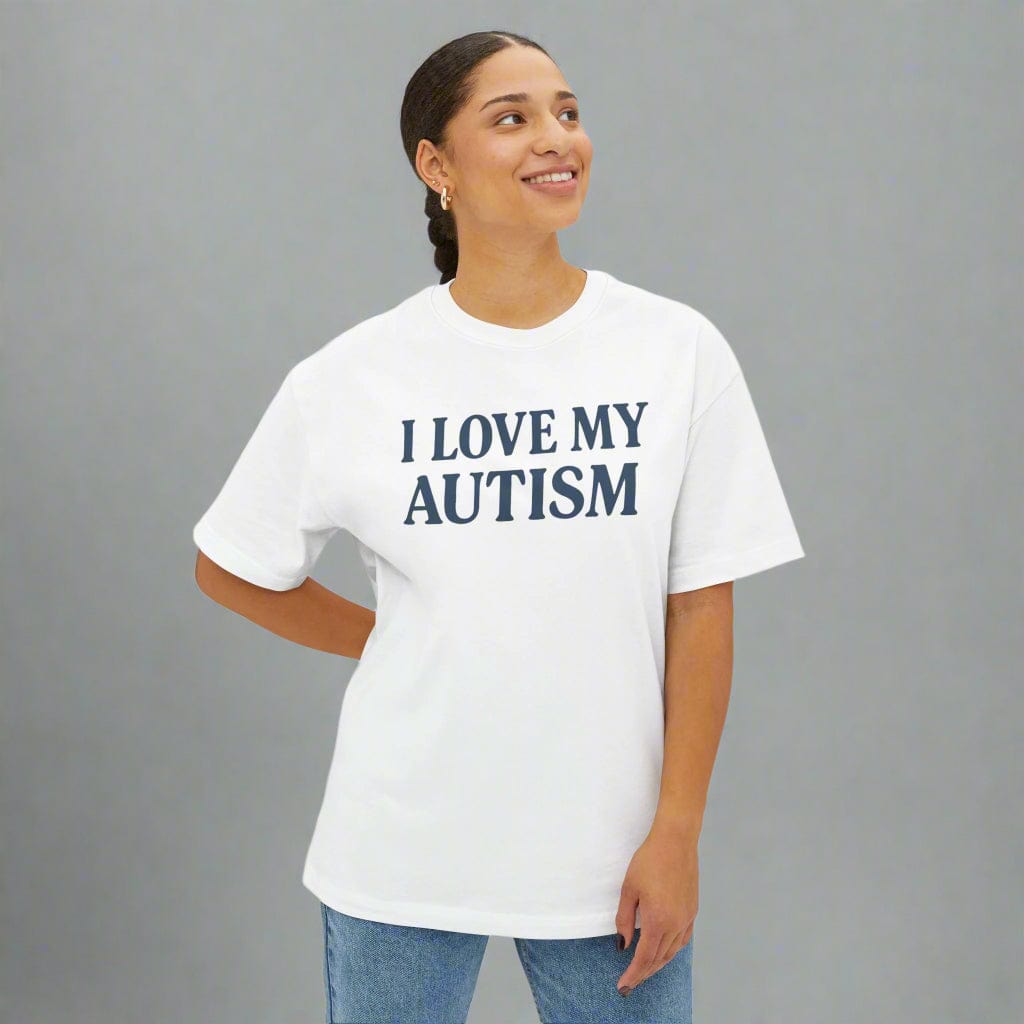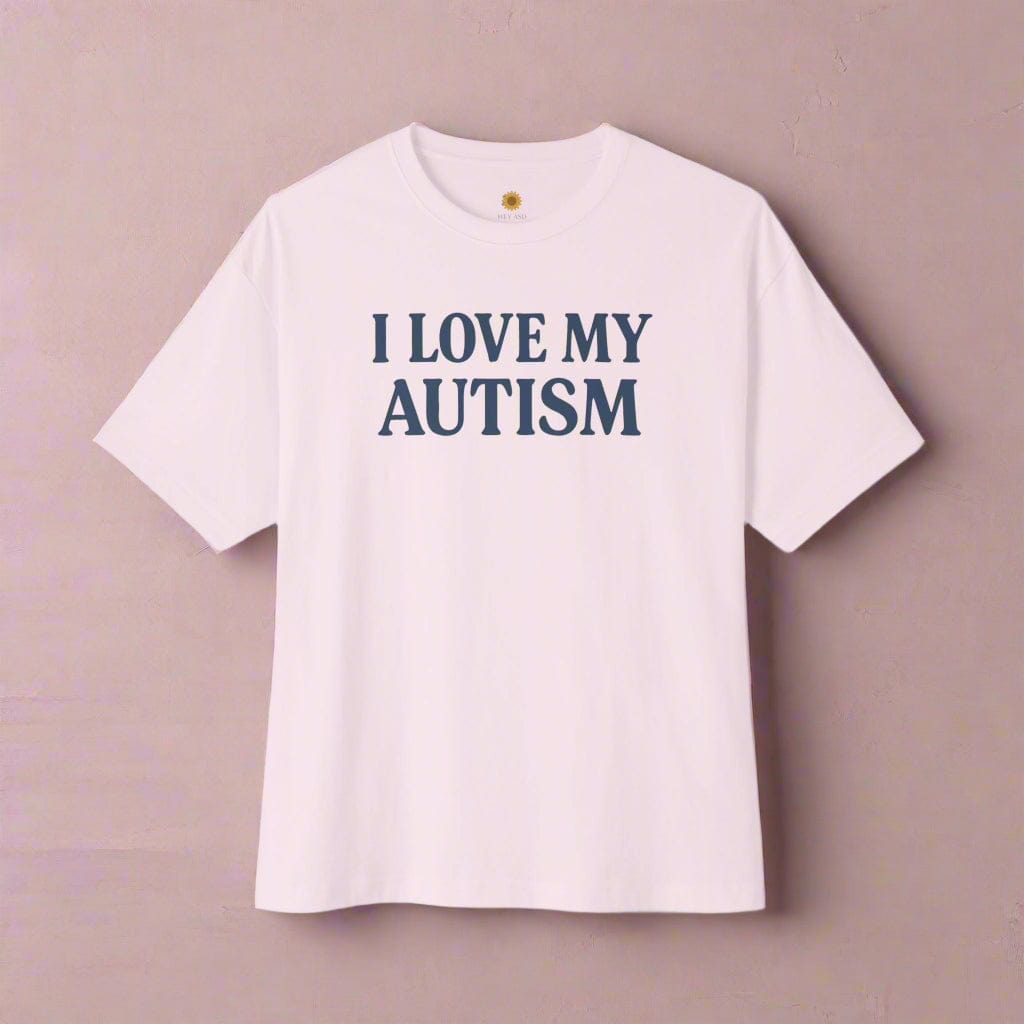What is ASD? Symptoms, Diagnosis, Treatment & More

Written by the HeyASD Editorial Team
Autism Spectrum Disorder (ASD) is a neurodevelopmental disorder that affects communication, social interaction, and behavior. It is a spectrum disorder, which means that individuals with ASD can have a wide range of symptoms and levels of severity.
In this comprehensive guide, we will explore what ASD is, the symptoms and causes, diagnosis, and treatment options.
What is ASD?
ASD is a developmental disorder that affects how the brain develops and processes information. Autism Spectrum Disorder (ASD) is characterized by difficulties in social interaction, communication, and behavior.
ASD is a spectrum disorder, which means that individuals with ASD can have varying levels of symptoms and severity.
Symptoms of ASD
The symptoms of ASD can be different for each individual. Some common symptoms of ASD include:
- Difficulty with social interactions and communication
- Repetitive behaviors or routines
- Sensory sensitivities, such as being sensitive to loud noises or textures
- Difficulty with eye contact or facial expressions
- Delayed speech or language skills
- Difficulty with changes in routine or schedule
- Narrow interests or focus on specific topics
Causes of ASD
The causes of ASD are not fully understood, but research suggests that a combination of genetic and environmental factors may contribute to the development of the disorder.
Some risk factors for ASD include:
- Genetics: ASD tends to run in families, and certain genetic mutations have been linked to an increased risk of developing the disorder.
- Environmental factors: Exposure to certain toxins or medications during pregnancy may increase the risk of ASD.
- Brain development: Studies suggest that abnormalities in brain development may contribute to the development of ASD.
Diagnosis of ASD
Diagnosing ASD can be challenging, as there is no medical test or single symptom that can definitively diagnose the disorder. Diagnosis is typically based on a combination of observations, assessments, and evaluations by healthcare professionals.
Some common tools used to diagnose ASD include:
- Developmental screenings
- Diagnostic interviews with parents or caregivers
- Observation of the individual's behavior and social interactions
- Assessment of the individual's language and communication skills
Treatment Options for ASD
While there is no cure for ASD, there are several treatment options available that can help individuals with ASD manage their symptoms and improve their quality of life.
Some common treatment options for ASD include:
- Behavioral therapies: Therapies such as Applied Behavioral Analysis (ABA) and Occupational Therapy (OT) can help individuals with ASD learn new skills and behaviors.
- Medications: Medications such as antidepressants and antipsychotics may be used to treat symptoms such as anxiety or aggression.
- Alternative therapies: Some individuals with ASD may benefit from alternative therapies such as acupuncture or massage therapy.
Join Hundreds of Autistic Adults Feeling
More Comfort in Their Own Skin
Use code WELCOME10 for 10% off your first order.
Start Your Comfort JourneyConclusion
ASD is a complex neurodevelopmental disorder that can have a significant impact on individuals and their families.
While there is no cure for ASD, there are several treatment options available that can help individuals manage their symptoms and improve their quality of life. If you suspect that you or a loved one may have ASD, it is important to speak with a healthcare professional for a proper diagnosis and treatment plan.
FAQs
How common is ASD?
ASD affects approximately 1 in 54 children in the United States, according to the Centers for Disease Control and Prevention (CDC).
Can ASD be diagnosed in adults?
Yes, ASD can be diagnosed in adults. However, it may be more challenging to diagnose in adults who may have developed coping mechanisms or have learned to mask their symptoms.
Is there a cure for ASD?
There is no cure for ASD, but there are several treatment options available that can help individuals manage their symptoms and improve their quality of life.
Can individuals with ASD live independently?
With the right support and treatment, many individuals with ASD are able to live independently. However, the level of support needed can vary depending on the individual's symptoms and severity of the disorder.
Can autism be prevented?
While there is no way to completely prevent autism, there are certain factors that may increase the risk of developing the disorder. Some of these factors include genetics, environmental toxins, and complications during pregnancy or birth. However, not all individuals with these risk factors will develop ASD, and some individuals with no known risk factors may still develop the disorder.
On This Page
Frequently asked questions
What are the most common autism symptoms I should be aware of?
How can sensory sensitivities in autism affect daily life?
What steps are involved in getting an autism diagnosis?
What autism treatment options are available to support different needs?
How can sensory tools or calming blankets help manage sensory sensitivities autism?
What types of support are available for autism families?
How can I help a loved one adjust to changes in routine or environment?
Are there ways to encourage communication and social interaction for someone with ASD?
How can Autism-themed decor or comfortable clothing like t-shirts create a supportive environment?

About the HeyASD Editorial Team
Autistic‑owned • Values‑led • Sensory‑friendly design
We are autistic creators, writers, and advocates dedicated to producing resources that are practical, sensory-aware, and grounded in lived experience. Our mission is to make information and products that support the autistic community accessible to everyone, without jargon or condescension. Learn more about our team.
This article is written from lived autistic experience and an evidence-aware perspective. It is for general informational purposes only and should not be taken as medical, legal or therapeutic advice.
Always consult a qualified clinician or occupational therapist for individual needs and circumstances.

About Our Autism Blog
HeyASD isn’t just a store, it’s a calm, supportive space created by and for autistic adults. Our blog shares sensory-friendly tips, identity-affirming stories, and heartfelt resources for navigating life as an autistic person. Whether you're late-diagnosed, exploring your needs, or supporting someone you love, you're welcome here.
Thank you for reading. We hope these resources bring comfort and clarity.






























